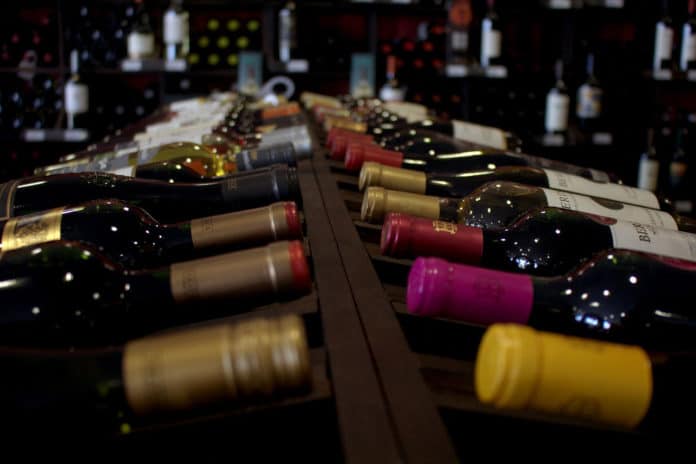A new study by the University of Bristol aimed to determine the impact of increasing the absolute and relative availability of non-alcoholic compared to alcoholic drinks on selection. It found that people more likely to choose a non-alcoholic drink when availability is greater.
A total of 808 adults were recruited to an online experiment with a hypothetical drink selection task, where participants were given one of four different conditions in which to make their selections.
Those four availability conditions were:
- Reference 1 (two non-alcoholic, two alcoholic drinks);
- Reference 2 (four non-alcoholic, four alcoholic drinks);
- Increased non-alcoholic drinks (six non-alcoholic, two alcoholic drinks);
- Increased alcoholic drinks;
49% of participants selected a non-alcoholic drink in the Increased non-alcoholic drinks condition. When the proportion of alcoholic drinks available was greater than non-alcoholic alternatives, this dropped to 26 percent.
In contrast, the odds of participants selecting a non-alcoholic drink were 48 percent higher when the proportion of non-alcoholic options was increased and 71 percent higher when both the total number and proportion of non-alcoholic options were increased.
Dr. Anna Blackwell, Senior Research Associate in Behaviour Change in the School of Psychological Science, who led the online study, said: “Non-alcoholic drink options are often less prominent in restaurants, pubs, and bars. For example, many offer at least one type of alcohol-free beer. Still, as this is often bottled and kept in the fridge behind the bar, there is the tremendous effort required for customers to choose this option over an alcoholic beer available on draught. Also, previous qualitative research has suggested that people experience peer pressure to drink alcohol, so offering alcohol-free alternatives that look like alcoholic drinks would make it easier for people to choose these options.”
“In the longer-term, widening the choice available for customers and increasing exposure to non-alcoholic drinks could help shift social norms around drinking these products. Given the growing market for alcohol-free beer, wine, and spirits, this sort of intervention are timely and of interest not only to policymakers but also license holders and drinks manufacturers.”
Marcus Munafò, Professor of Biological Psychology from the NIHR Bristol BRC and the University of Bristol, presented findings from the online study to Bristol City Council’s health and wellbeing board on 27 February.
He said: “Implementing these findings in the real-world will take some thought and will need to involve discussions with pubs and bars to ensure it is viable. But there is growing interest in measures that would serve to increase choice and encourage healthier behavior. More and more pubs and bars are offering alcohol-free beer on draught. If the results of our online study are replicated in a real-world setting, this would suggest that efforts to increase the availability of alcohol-free options could have a positive impact on public health.”
Journal Reference:
- Anna KM Blackwell, The impact on selection of non-alcoholic vs alcoholic drink availability: an online experiment. DOI: 10.1186/s12889-020-08633-5
